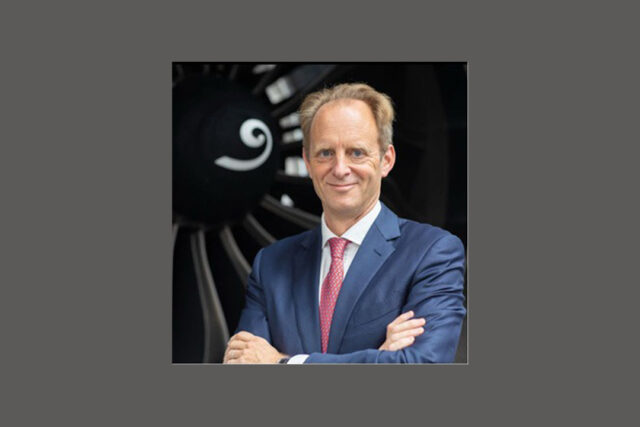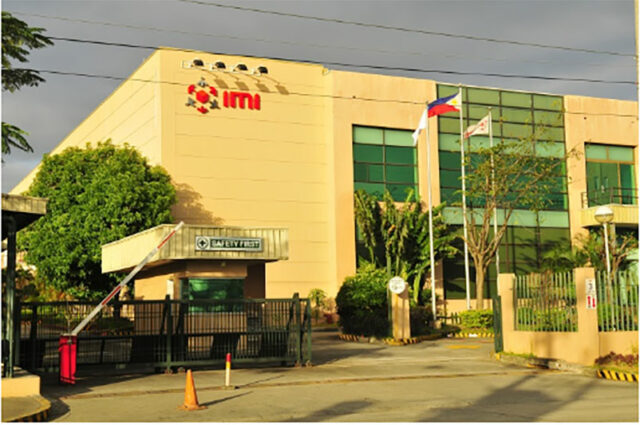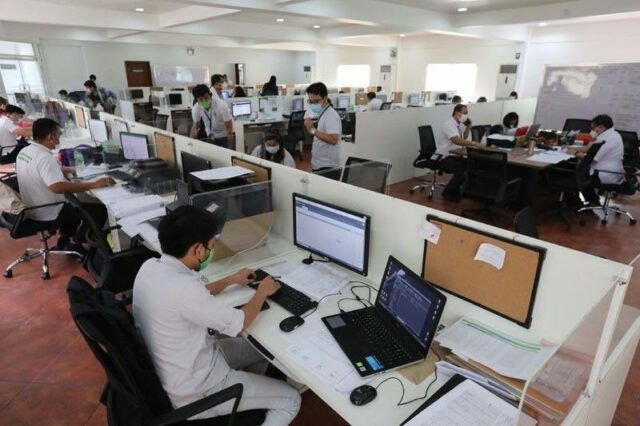That is how the late Pope Francis ended his 12-year papacy. And what an end that was — making it the envy of any leader who hopes to leave a lasting mark.
No finish could have been more apt for this reformer, who had graced — with visibly great effort amid his clearly weakened state — the Easter public gathering of the faithful at St. Peter’s Square some hours before he died of a stroke and heart failure at 7:35 a.m. (Rome time) on Easter Monday.
I will leave it to historians, theologians, philosophers, and other experts to further parse his four encyclicals, seven exhortations, as well as several motu propio, letters, homilies, speeches and other writings for deeper insights into his messages.
But even an ordinary Christian with less doctrinal education like me can draw a lesson or two from Pope Francis’ example for anyone who seeks to be more effective as a head of an organization and/or a family.
LEADING BY EXAMPLE
So, here goes:
First: he walked the talk.
From the start of his papacy in March 2013, Pope Francis backed with concrete actions his focus on bringing the Church closer to marginalized sectors of society: from adopting a simpler taste in daily wear (e.g., preferring orthopedic shoes to the red Papal shoes), to riding a more modest car, to eschewing protocol and the trappings of office at times (to the chagrin of his aides and security personnel, I’m sure), to simplifying the ceremony for papal funerals, to inviting manual laborers and the homeless for meals with him, as well as to visiting prisons and washing the feet of inmates on Holy Thursdays.
His papacy reminded me of that timeless principle of leading, first and foremost, by example from the front. Personally, I have found precious few leaders who demonstrate: “This is how it is done.”
Second: he was single-minded in his mission to the end.
Judging from his public actions and personal accounts of those who dealt privately with him, Pope Francis was a man on a mission 24/7 and at every waking moment within that time frame.
He exhibited this constant bias and dogged commitment when — even as a wheelchair-bound 88-year-old — he undertook a grueling 12-day journey across Southeast Asia and Oceania in September last year (“Who does such a thing at that age?” I wondered to myself then). He went on 47 “apostolic journeys” covering 68 countries in his 12 years as Pope. He resumed work whenever he could during his last hospital confinement (giving the impression that, finally, he was out of the woods), and ignored his doctors’ order of taking two months of convalescence after recovering last month from double pneumonia, diving headlong back into pastoral work (which probably sped up the deterioration of his health).
HORNETS’ NEST
Third: any organization — including the Church — can be improved, but reform always entails disruption and discomfort.
Each Pope is called to face the specific challenges of a time in history. In my view, St. Pope John Paul II addressed certain political, economic, and social questions (and was instrumental in ending communism in much of the world), Pope Benedict XVI — who is considered as one of the Church’s greatest theologians — elaborated on more points of doctrine in relation to pressing socioeconomic issues in order to strengthen the foundation of faith, while Pope Francis showed that doctrinal soundness necessarily goes hand-in-hand with compassion.
That’s right: it turns out that — contrary to some expectations and perceptions — this Pope did not change an iota of doctrine. So, where some observers pit one papacy against another, I see continuity amid differences.
But Francis did press on an equally important point which, sadly, has been sorely lacking even in some folks who have devoted their lives to God. Simply put: he put heart back into the Church, showing that doctrinal soundness is incom-patible with coldness (meaning, if one were superficially concerned with the less fortunate, the ostracized or the oppressed, then something is just so very fundamentally wrong with his/her faith).
The basis is simple: Jesus himself said that the greatest of all virtues is charity (love of God and neighbor), and the apostle James wrote: “If a brother or sister has nothing to wear and has no food for the day, and one of you says to them, ‘Go in peace, keep warm, and eat well,’ but you do not give them the necessities of the body, what good is it? So also faith of itself, if it does not have works, is dead,” while the “apostle to the gentiles,” Paul, wrote to the Corin-thians, saying: “Though I speak with the tongues of men and of angels, and have not charity, I am become as sounding brass, or a tinkling cymbal” (okay, I had to look those up).
Thus, Pope Francis described the Church as “a field hospital” where all those wounded in the battles of life could heal, rather than as a fortress under siege.
At the same time, this Pope (and his predecessors as well) reminded us that Christianity does not lend itself well to convenience (have you heard of a hospital that was comfortable for health workers on duty?) This is noth-ing new; as the author C.S. Lewis, wrote: “If you want a religion to make you feel really comfortable, I certainly don’t recommend Christianity.”
But in pressing on this aspect of the Church to the point of treading a fine line with doctrine, this Pope also ruffled the feathers of some otherwise well-intentioned folks within, leading to observations of a Church divided between “conservatives” and “liberals.”
All Pope Francis had done was to go back to the basics: How can the Church address disaffection within its ranks as well as reach out to the peripheries? And as many an expert would prescribe: the first thing that any com-pany/organization in crisis (e.g., as the pandemic struck) should do is to remember why it was formed in the first place.
He sought to make a 2,000-year-old institution that is the Church, which has ossified in some parts, agile in the face of emerging (and some nagging) challenges.
Thus, besides testing new procedures like the much-maligned “synodality” (basically, consulting the laity on issues facing the Church which, some fear, could dilute authority of the hierarchy and lead to unwarranted changes in doctrine), this Pope had also asked many of the Church’s orders and other organizations to return to each one’s original charism in order to be more effective in their missions amid changing realities.
He had other struggles elsewhere, dealing with high-profile sexual abuse cases, signs of financial mismanagement in some corners of the Vatican, and calling for an end to conflict in places like Palestine, Ukraine, and Sudan.
If anything, I would credit Francis with an uncanny knack of deftly treading the fine line between pushing the boundaries of reform (so that the Church can carry out its mission better) and actually altering doctrine.
One clear lesson from his pontificate: doing what is right does not involve a popularity contest, and is likely to stir a hornets’ nest among those who need to adjust.
‘THROUGH FIRE’
Finally: a country with one of the worst income gaps in Asia and a persistently high poverty rate can hardly afford to leave this issue to government alone (although appropriate policies and a more energetic campaign against graft and corruption are, hands down, indispensable key ingredients in this fight).
A number of Pinoys (many unknown) realized as the pandemic struck that it was all-hands-on-deck in the race to provide for those who did not have the means to survive those conditions. Thus, “community pantries” pro-liferated nationwide. To be sure, it was not a duty of Christians alone, as I recall a social media post of one Muslim saying that it was his “jihad” to do so for those worst affected in his community.
One of the most uncomfortable messages which Pope Francis left us when he visited the Philippines in January 2015 went something like: “There is a worldly compassion that is useless… It’s a compassion that makes us put our hands in our pockets and give something to the poor. But if Christ had had that kind of compassion, he would have just greeted a couple of people, given them something, and then walked on…”
And since there is strength in numbers, I would argue that this prescription is even better accomplished by a group, i.e., by a business or organization. While several mid-sized and big enterprises carry out some form of corporate social responsibility (CSR) activity — with the more innovative among them graduating to creating shared value (CSV) by aligning business goals with the needs of surrounding communities — small counterparts may consider doing the same as well even if on a more limited scale.
Those who go the extra mile in “giving back” this way do reap benefits, including building support within the community for one’s business as well as attracting and keeping young talent, who are known to be on the lookout for jobs that make a difference.
All these quick takeaways from this great man barely contribute to the tons of lessons that will be unearthed from his life.
Francis was not the first Pope to easily draw thousands and, in the Philippines, even millions, who flocked to listen to him, nor will he be the last. It is a feat that politicians undoubtedly envy, especially in the lead up to any election. Unfortunately for them, what makes leaders like this Pope “tick” with the multitudes is something that may well be beyond their grasp.
Those looking for the “Francis recipe” may want to check out the growing number of tributes to this man, the best of which, ironically, come from unexpected quarters. One of my favorites was that of Vinod Sekhar, chairman and chief execu-tive at the Petra Group, who wrote: “I am a Hindu. My God is known by different names. My prayers come in different rhythms. But I would have followed this man through fire.” (https://www.facebook.com/share/p/15BQnprTN4/)
Wilfredo G. Reyes was editor-in-chief of BusinessWorld from 2020 through 2023.
















